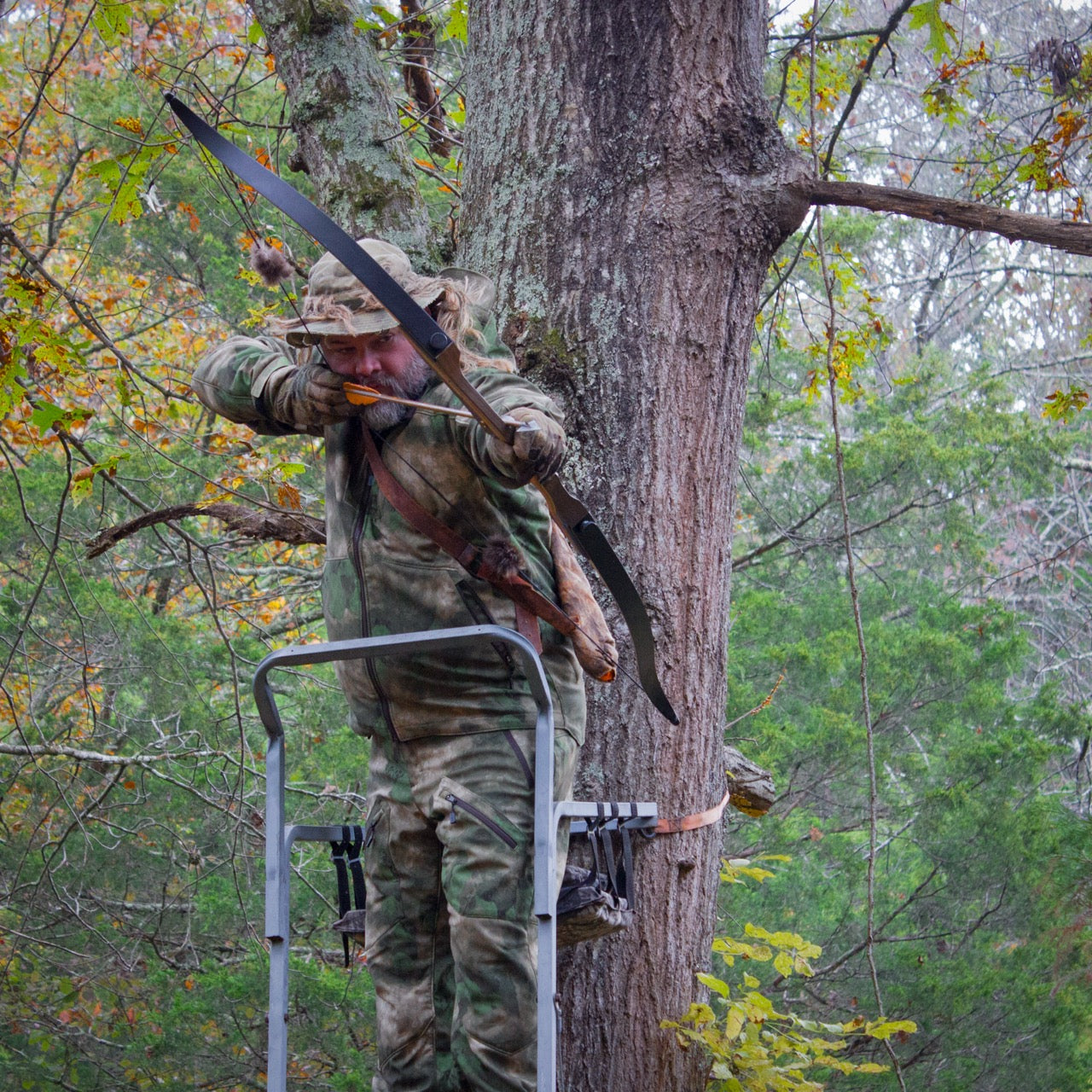
How to Track a Deer After the Shot: Ground Disturbance, Lost Trails, and Blood Sign Explained
Introduction
Most hunters eventually faces it, that moment after a shot when the deer bolts into the woods and the trail seems to vanish. Successful recovery depends on what you do next.
In this in-field lesson, I share practical methods to find and follow sign after the shot using real-world tracking principles that work in any terrain. You’ll learn how to read subtle ground disturbance, what to do once you lose the trail, and how to interpret different blood sign patterns that reveal where your deer went, and what kind of hit you made.
No matter what you do, always take paused every 3-5 steps and look up because the animal you are tracking is out "there" not under your feet. You dont want to be focus locked on the trackline that you miss the deer laying or standing out in front of you.
🎥 Watch the full 15-minute video below:
1. Reading Ground Disturbance
Even without blood, the ground tells a story. Look for:
-
Scuffed leaves, overturned soil, or broken stems showing a change in direction.
-
Freshly exposed soil that hasn’t darkened yet.
-
Deep hoof marks, with back feet together indicating bounding.
-
Left-Right, Left-Right gait pattern to indicate the deer is walking again.
The key is pattern recognition. Once you see how a deer’s movement looks compared to undisturbed ground, it becomes second nature to spot where it passed.
2. What to Do When You Lose the Trail
When sign disappears, don’t guess — work methodically.
-
Mark your last confirmed sign, I call it the Last Known Point (LKP).
-
Look for three likely lines from the LKP. Follow those lines out looking for sign.
-
If those dont work, come back to LKP and do circles out and away from LKP with LKP as the center point.
-
If those dont work then look for areas called track traps, where sign is likely to be. Inclines, and declines, drainages, creeks, exposed earth, etc.
Patience is the tracker’s ally. Many hunters rush this stage and walk over the very evidence they need.
3. Interpreting Blood Sign
Blood isn’t just proof of a hit — it’s a diagnostic tool.
-
Bright red, frothy blood: If spurting then likely an arterial or heart shot. Usually means the animal will lose consciousness soon.
-
Dark, blood: Venous hit, blood usually drips out of the body. Animal is not getting as much blood back to the heart. Typically will lose conciousness but they usally last a bit longer than arterial hits.
-
Watery, greenish, or foul-smelling fluid: Gut hit. Back out completely and wait several hours before resuming. THese animals can lat days, weeks or maybe months. But they will suffer tremendously. It is possible they will lay down and bleed out.
Combining blood type with track direction gives you the full story, how hard the deer was hit, how far it may travel, and when to recover safely.
Final Thoughts
Tracking after the shot is one of the most rewarding skills a hunter can master. To do is a requirment to involve yourself in the web that is wildlife conservation, which includes hunting. It connects you to the animal, the environment, and the ethics of recovery. These techniques take practice, but they dramatically improve your success rate and deepen your understanding of sign in the field.
Call to Action
The best classroom has no walls. Join the Nature Reliance School and build real-world skills with us online or in person. I have a great Introduction to Animal Tracking book and a course to go along with it in our online school. Consider them for more indepth knowledge.


Leave a comment